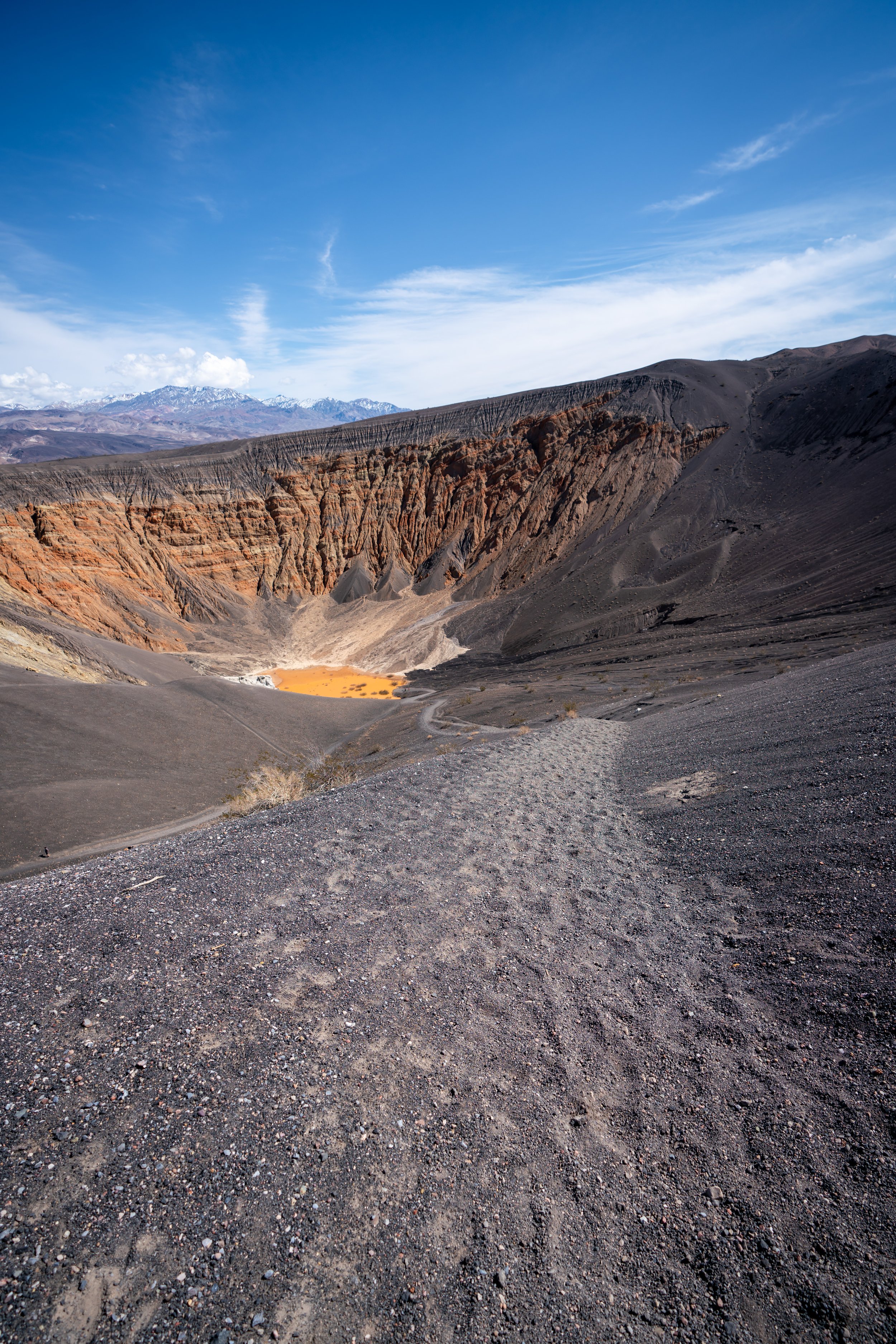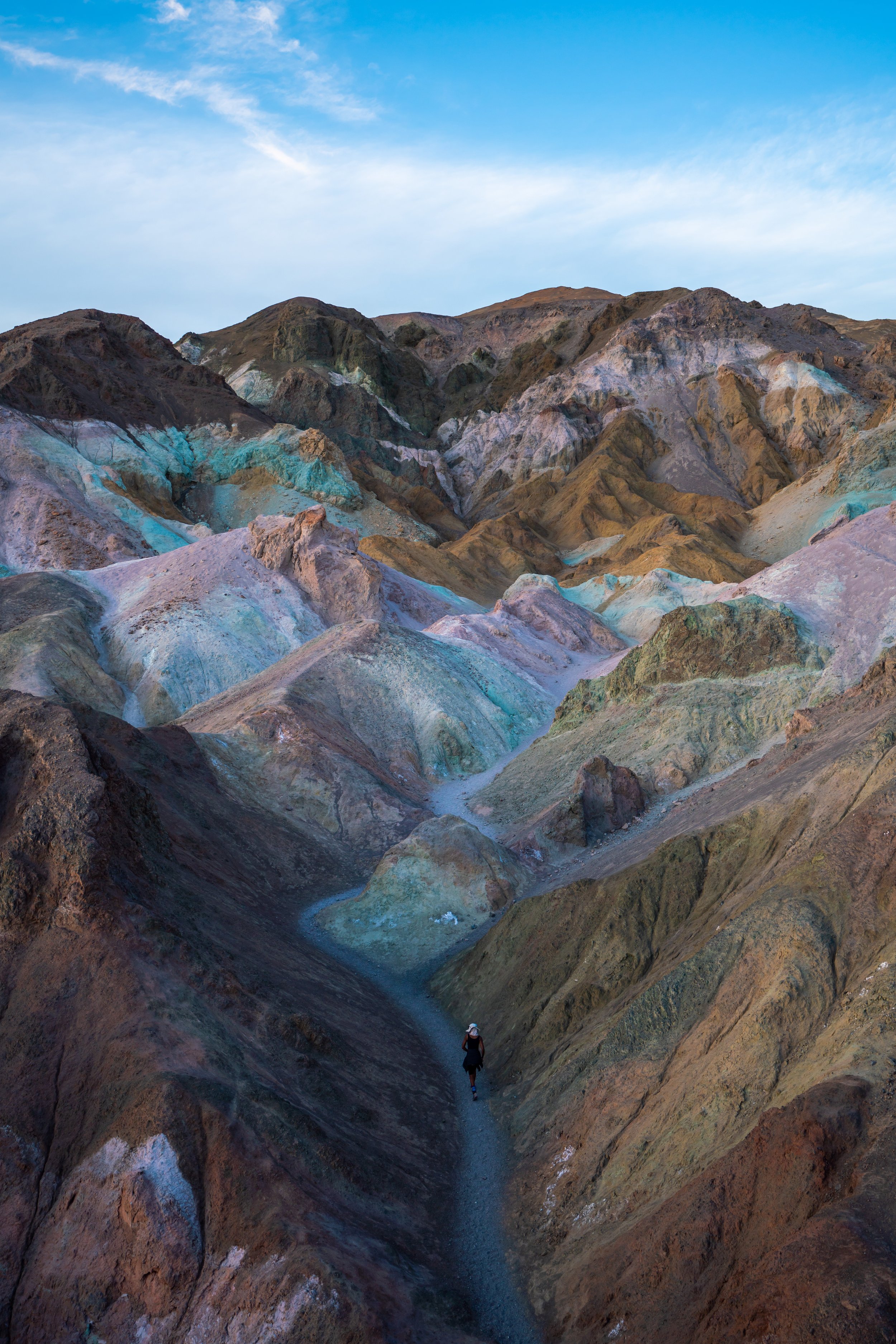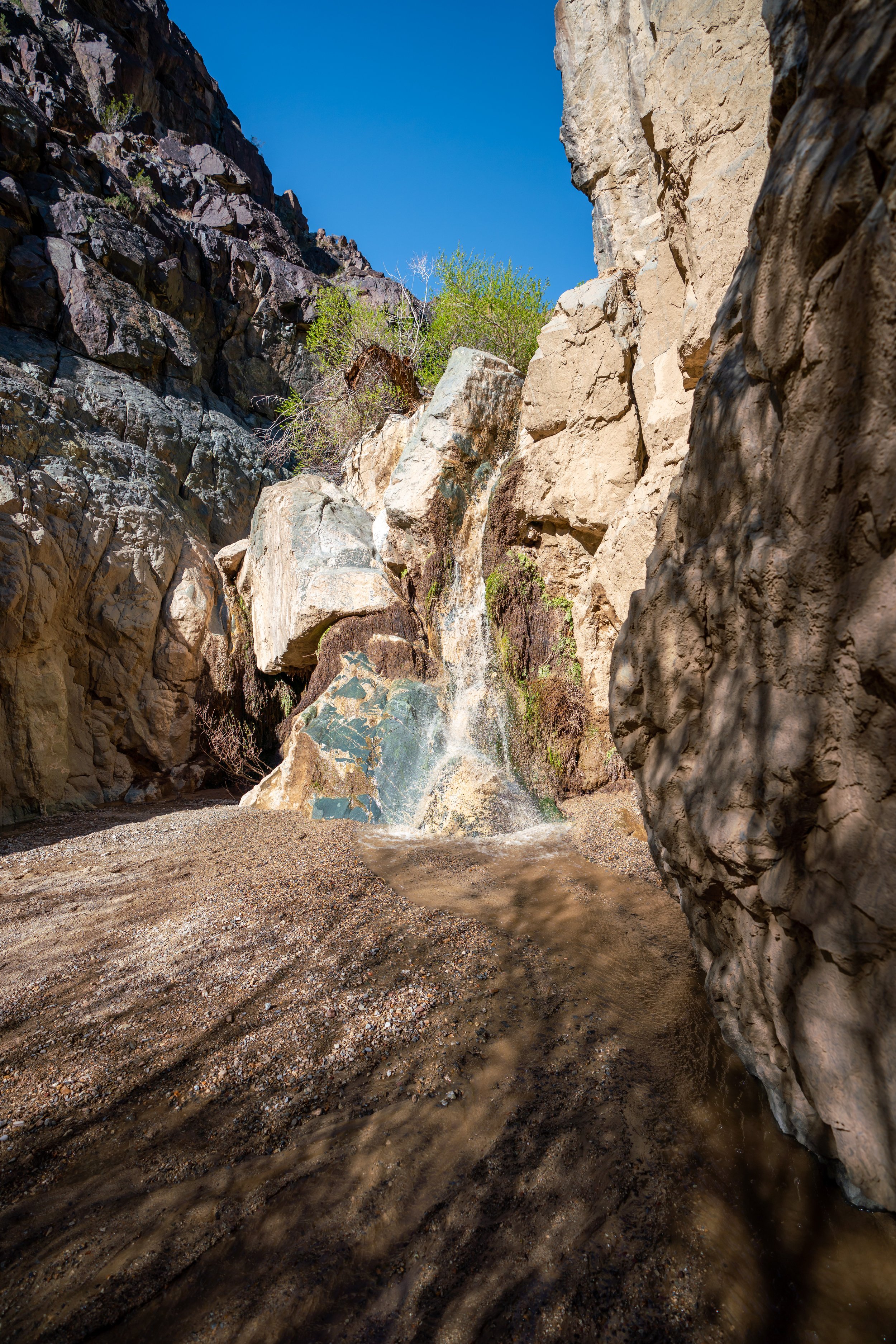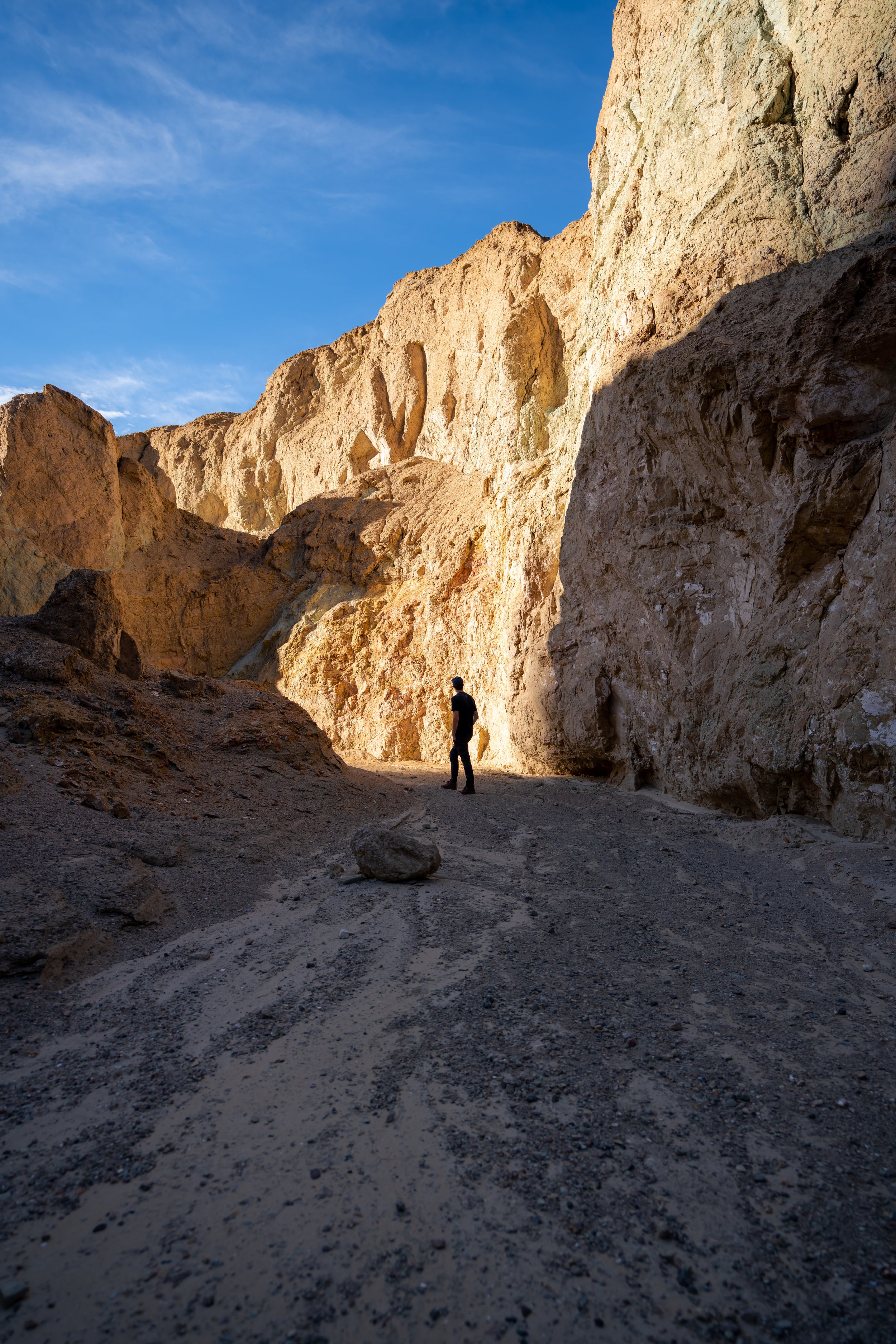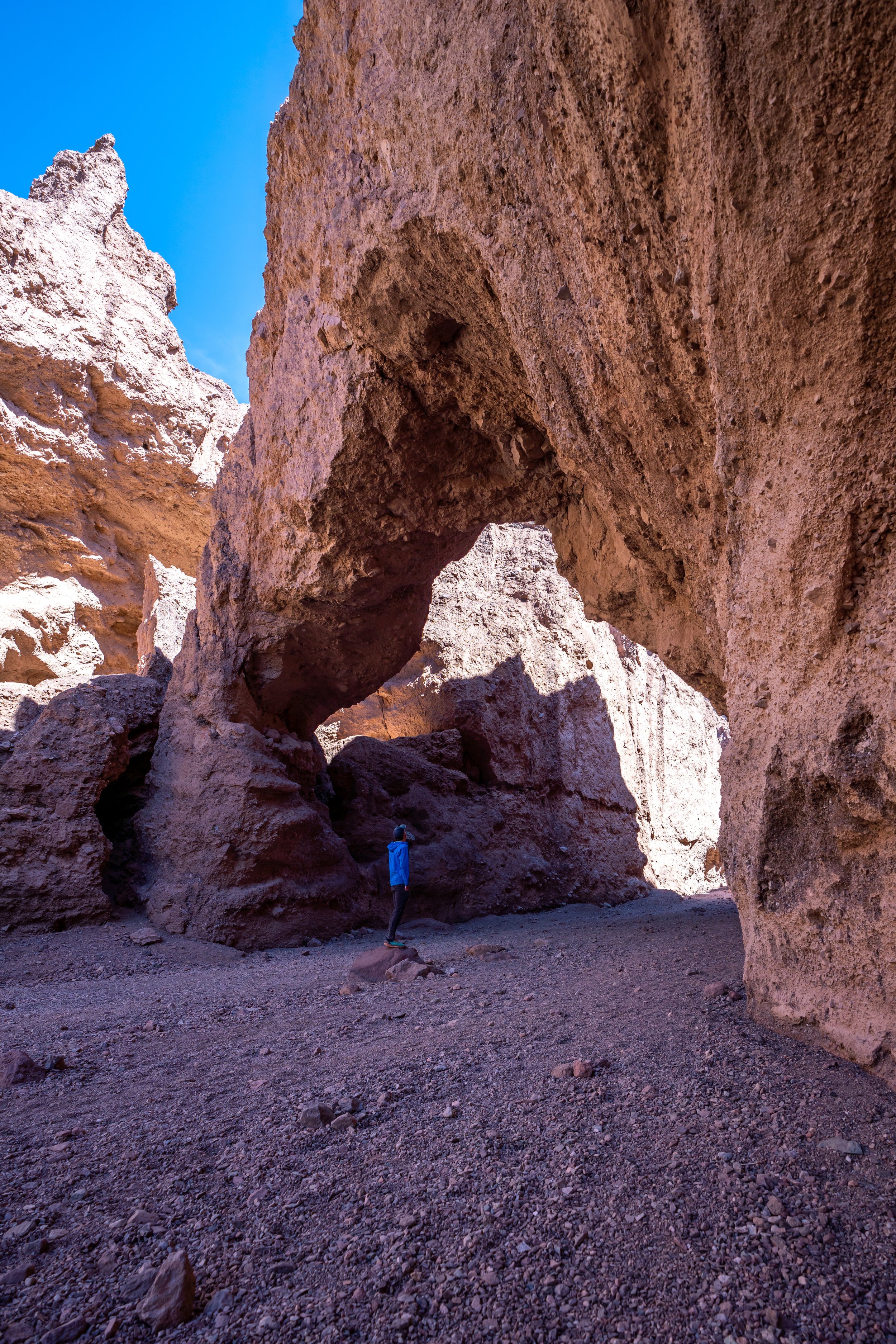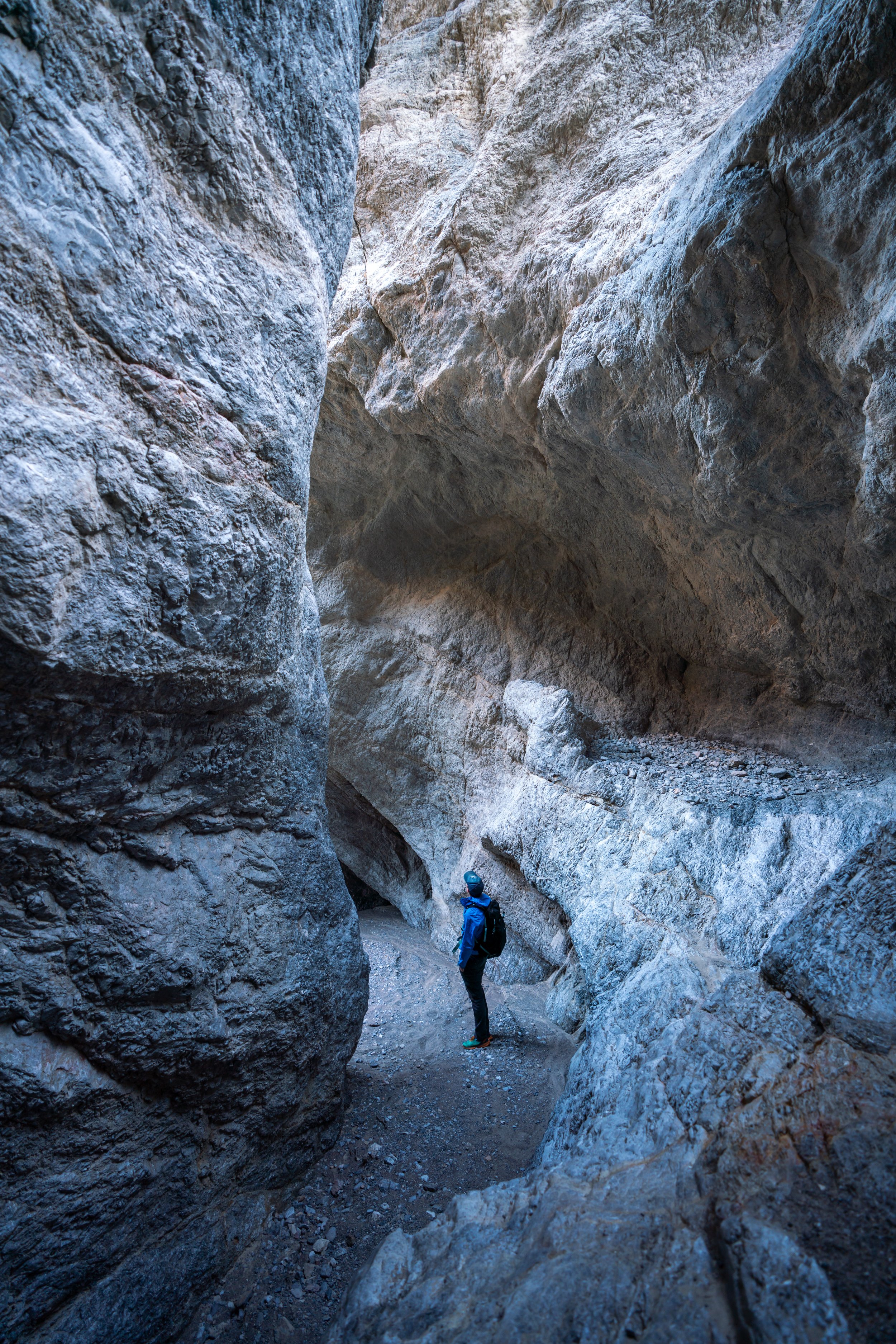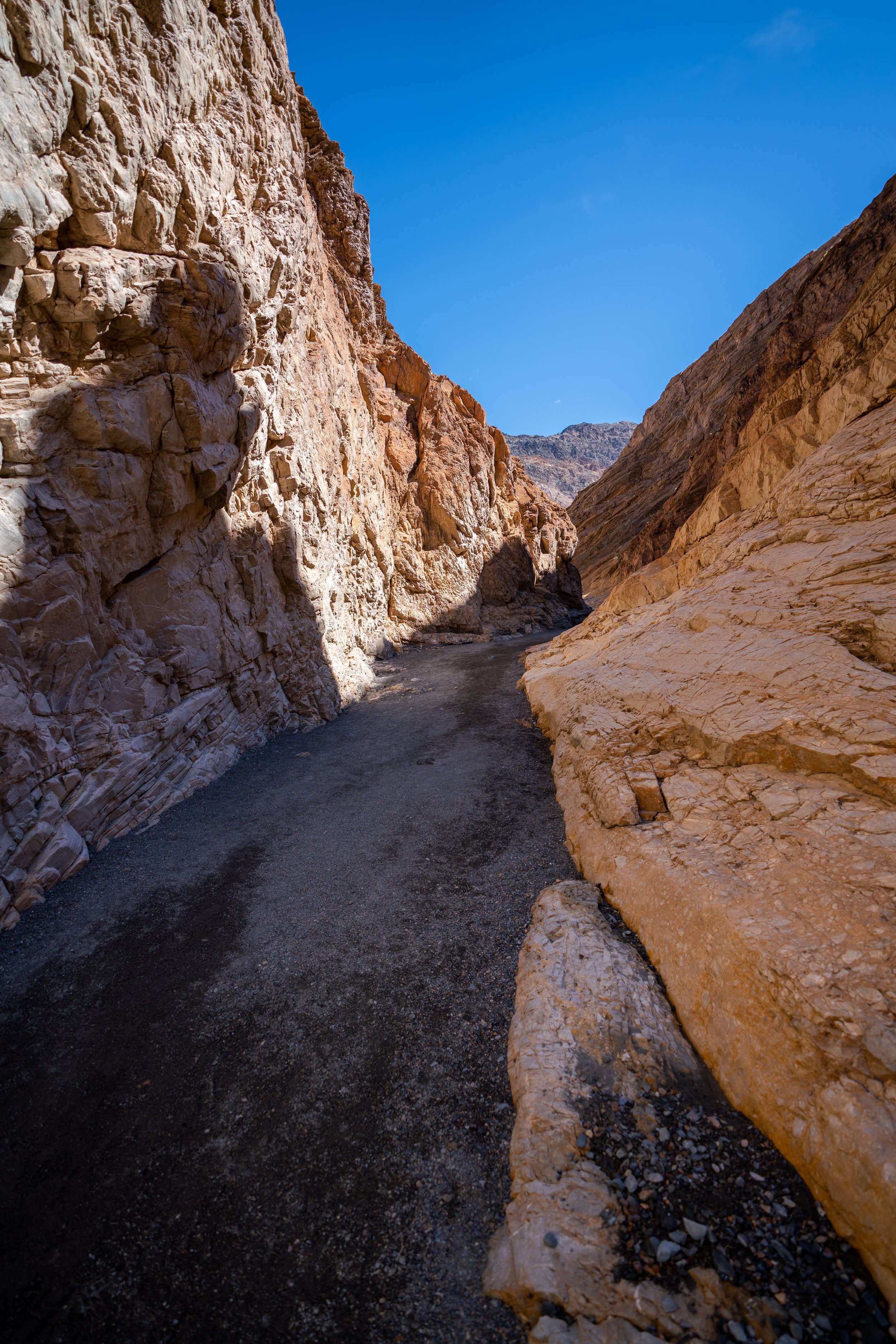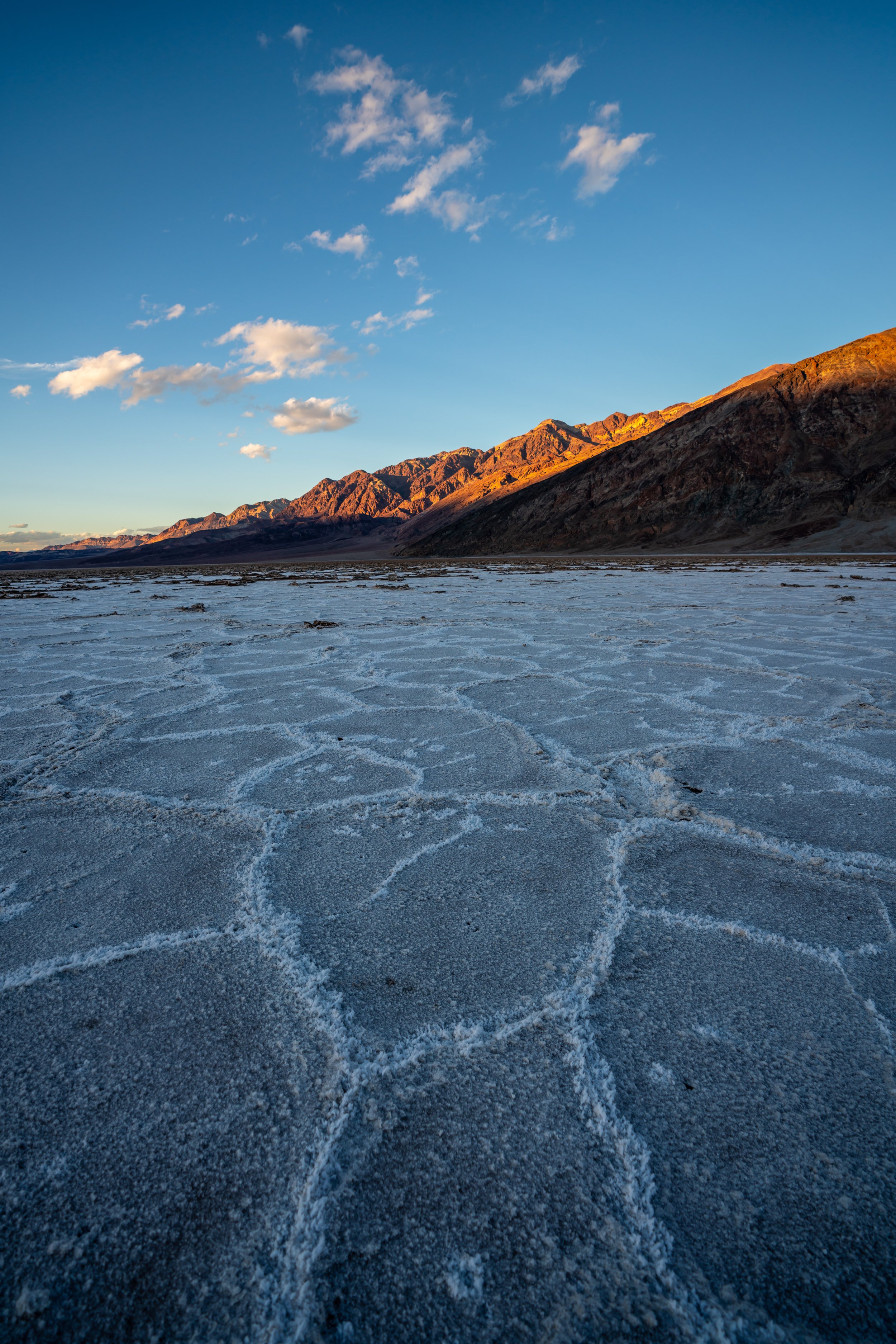Hiking the Titus Canyon Narrows Trail in Death Valley National Park
Distance: 3.0 miles / 4.8 km
Titus Canyon, more commonly known as the Titus Canyon Narrows, is one of the most stunning day hikes in all Death Valley National Park!
That said, Titus Canyon is a different adventure to different people, as the entirety of the 27.0-mile (43.3 km) canyon is drivable from east to west, but, the National Park Service will tell you that there is no better way to appreciate The Narrows than exploring the canyon on foot!
This is why the distance above reflects a much shorter round-trip hike, as the best, most beautiful, and, most importantly, narrowest part of the canyon is the final 1.5 miles (2.4 km) from the western entrance.
This is where the on-foot adventure in this article begins, and it’s worth noting that a Death Valley native of many decades told me that the farther you hike past the 1.5-mile (2.4 km) mark, the higher your chances are of seeing bighorn sheep!
Titus Canyon Narrows Trailhead Parking
Parking for the Titus Canyon Narrows is located at the end of a bumpy 2.8-mile (4.5 km) road that leads to this gravel parking lot.
Most two-wheel drive vehicles should be able to make the drive if you take it slow.
Google Maps Directions: Titus Canyon Narrows Trailhead
Hiking Checklist - Death Valley
Here is a complete list of must-have things that you will want for any hike in Death Valley National Park.
Hiking the Titus Canyon Narrows Trail
The Titus Canyon Narrows is one of the most self-explanatory hikes in Death Valley. As long as you enter the wash in the right place, there’s really nowhere that you can get lost. That being said, how far you go is really up to you.
For the best photos in Titus Canyon, hike mid to late morning or late afternoon for the best light. Coming from a photographer, canyons such as this are best shot using the shadows on the ground and the light against the canyon walls. Midday when there are no shadows to work with is about the worst time for photos in a place like Titus Canyon.
Initially, the canyon starts out wide at the mouth before narrowing within the first 0.25 miles (0.4 km).
If you’re starting to think that all these canyon walls look the same, I found it best to track my hike to figure out where the 1.5-mile (2.4 km) mark is.
Eventually, the wash will open up to a wider area shown in these next two photos before closing in once more before the 1.5-mile (2.4 km) mark.
This area is arguably one of the last stretches of narrows before Titus Canyon really begins to open up.
This photo below was taken at the 1.5-mile (2.4 km) mark. If you were to continue hiking further, you would see how Titus Canyon becomes much wider over the next 0.5 miles (0.8 km), but like I said earlier, the further you go, the more likely you are to find bighorn sheep.




